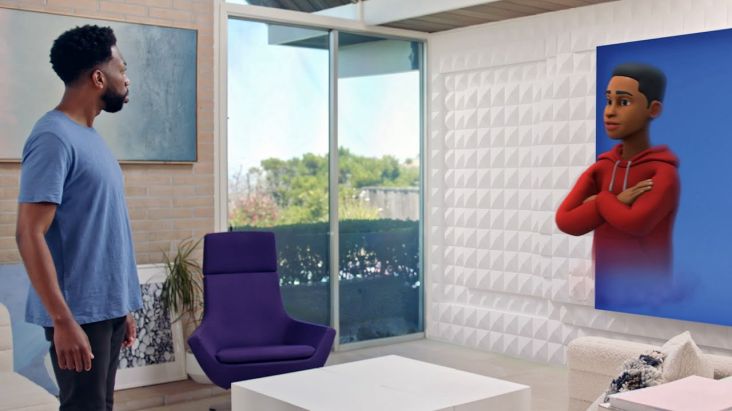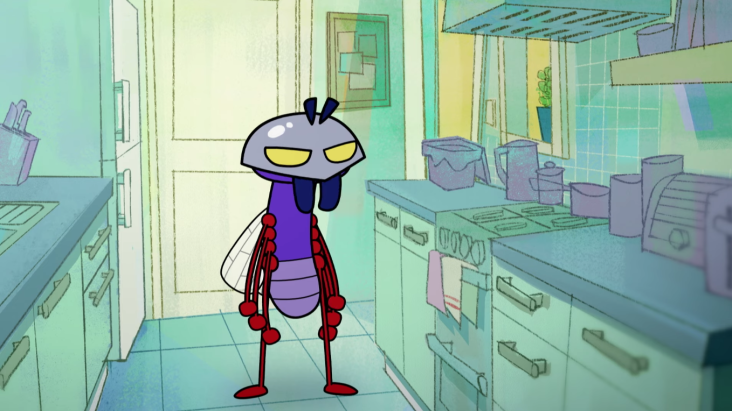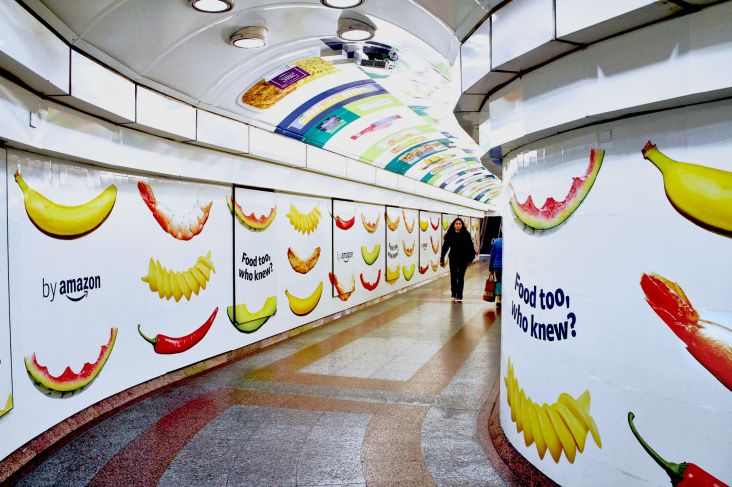Sophie Harris-Taylor captures moments of unselfconscious tranquillity in new photo series
In Screen Time, the fine art photographer explores kids' passive relationship with TV from an unusual and original perspective.
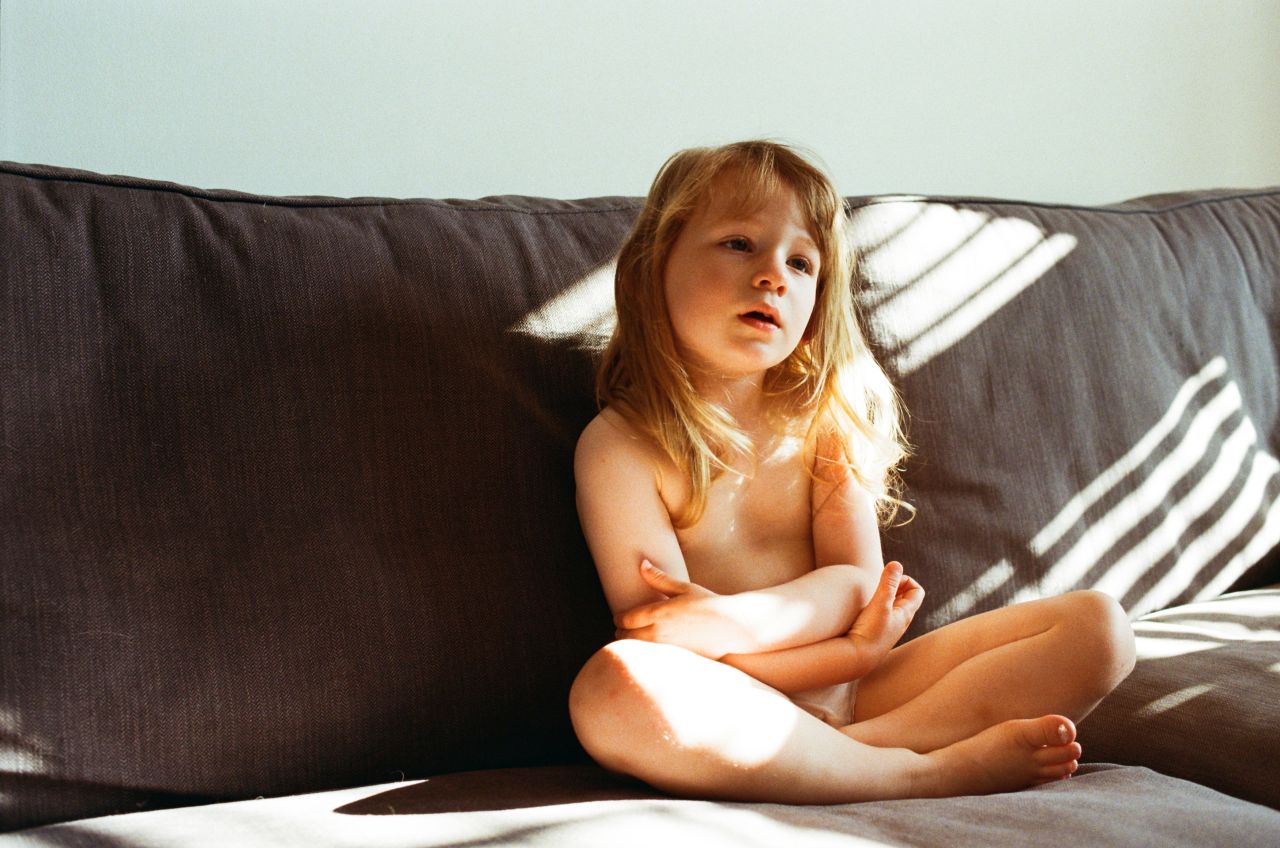
In a world where everyone carries a camera in their pocket, it's a question often asked: what's the point of professional photographers?
Nowadays, it's less about the technical expertise needed to take a competent photo: any phone or camera has clever software that can take care of that for you. So it's more about having a vision: an ability to uncover what we don't notice, hiding in plain sight.
British fine art and portrait photographer Sophie Harris-Taylor is a master at this, and we've previously brought you her brilliant photo series about breastfeeding. Now, we're overjoyed to share her latest project, Screen Time, which documents children consuming unseen content in front of unseen screens.
Beauty in respite
"In these moments, there is a change of state," says Sophie, who lives in London and received both her MA and BA (Hons) in Photography from Kingston University. "We are aware of the child's potential for movement, the withheld energy in their limbs ever-present. But with the drifting of their imagination, off-on stories and flights of fancy, their bodies are left in a kind of unselfconscious tranquillity.
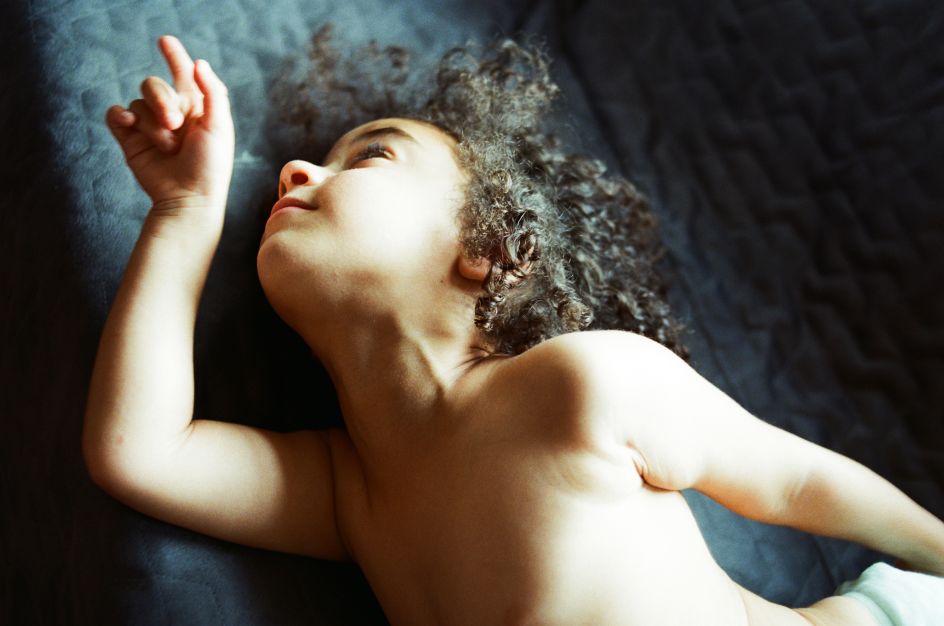
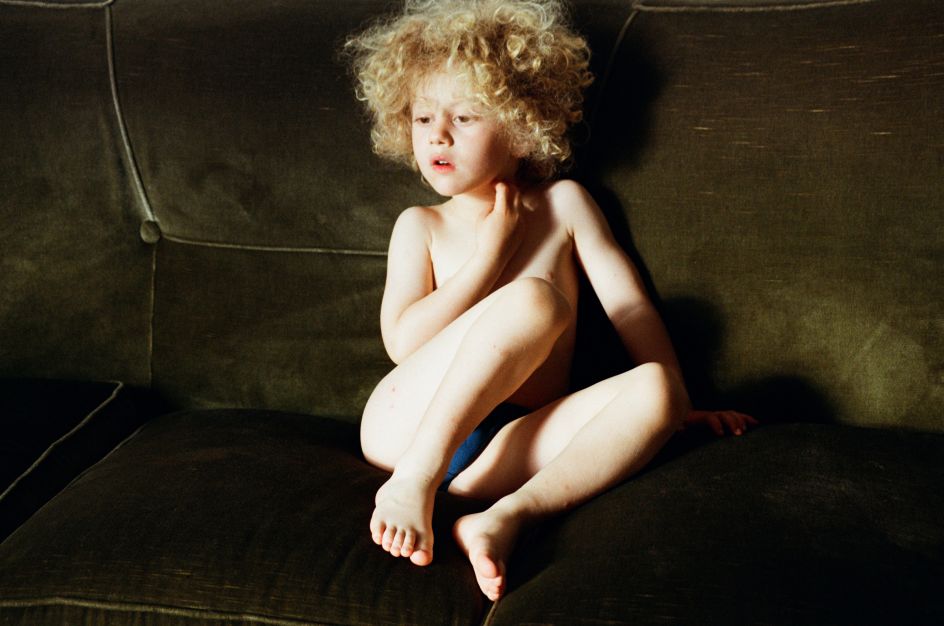
"In a strange way, it gives us the breath to see the child without disruption," she adds. "Like so many things these days, 'screen time' is seen as a source of parental anxiety, but there is beauty, I think, in the brief doses of respite it brings."
The idea for the series began after discovering a photo she'd taken of her son's friend. "Something in the image just stood out: she was still, completely transfixed by the television, and the light was beautifully cast across her on the sofa," Sophie recalls. "It made me think about the screen as a kind of meditative place for children."
Unquestioned presence
For Screen Time, Sophie only worked with children she knew. "This helped the parents to trust me and meant the children didn't question my presence in the room," she says. "I photographed all the children in their own living rooms, and they got to choose what they wanted to watch. It was a pretty simple process. I tried to time the day so we had the sofa in the most direct natural light. And all the children were naturally very comfortable when they switched on their program.
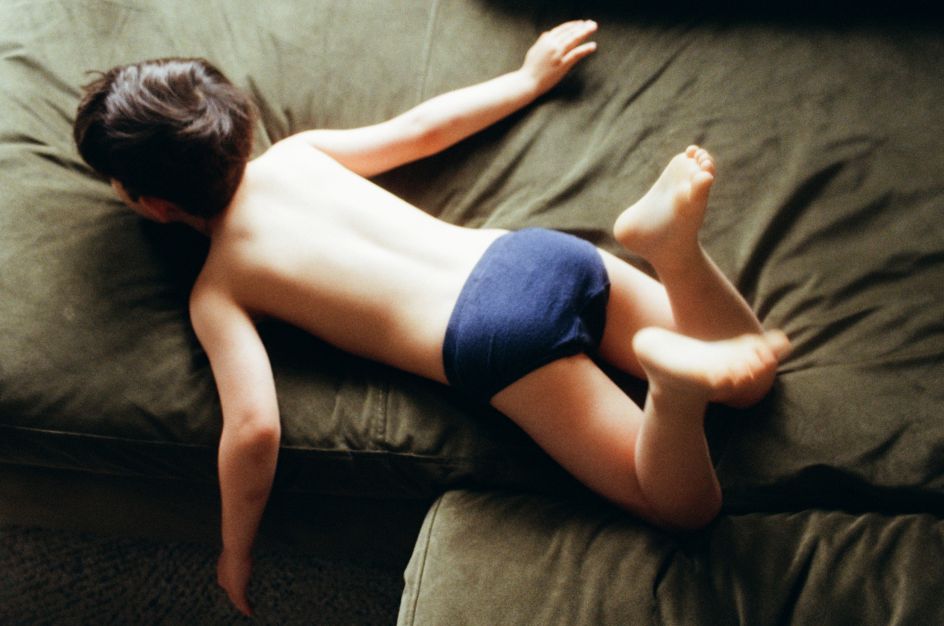
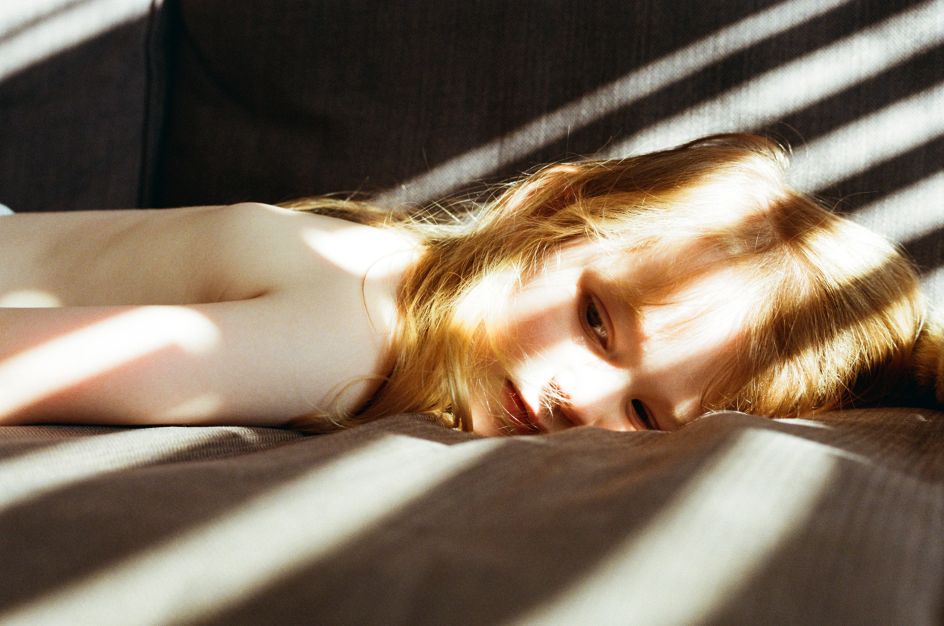
"Working with children, I'm often super-mindful of time not always being on my side," she adds. "But in this project, I felt I could work more slowly. I'm normally always engaging with my subjects, so it was a little different to act purely as an observer and let them dictate the shot."
As for modern kids' relationships with screens as a whole, Sophie is fairly ambivalent. "I guess everything in moderation," she says. "But in this series, I'm solely looking at the television and not really commenting on other areas such as phones, social media and games – I'm not yet there with my own children. But we're often so anxious about screen time these days, leading parents to feel guilty when their child's left in front of a screen.
"I tried to come at it from a more neutral place, to cast something so banal in a new light," she adds. "In this series, we see the children without disruption. I tried to highlight the beauty in how they can escape into these other worlds, allowing their imagination and emotions to drift from the everyday."
Quieter moments
Both Sophie's technique and thematic focus in this series are typical of her thoughtful and provocative work, which has been published in three books to date: Sisters, MTWTFSS (Chapter 1) and MILK. She also had two solo exhibitions, MTWTFSS in 2016 and Epidermis in 2019, and has been selected for the Taylor Wessing Prize, Creative Review Photography Annual and the BJP Portrait of Britain, amongst others.
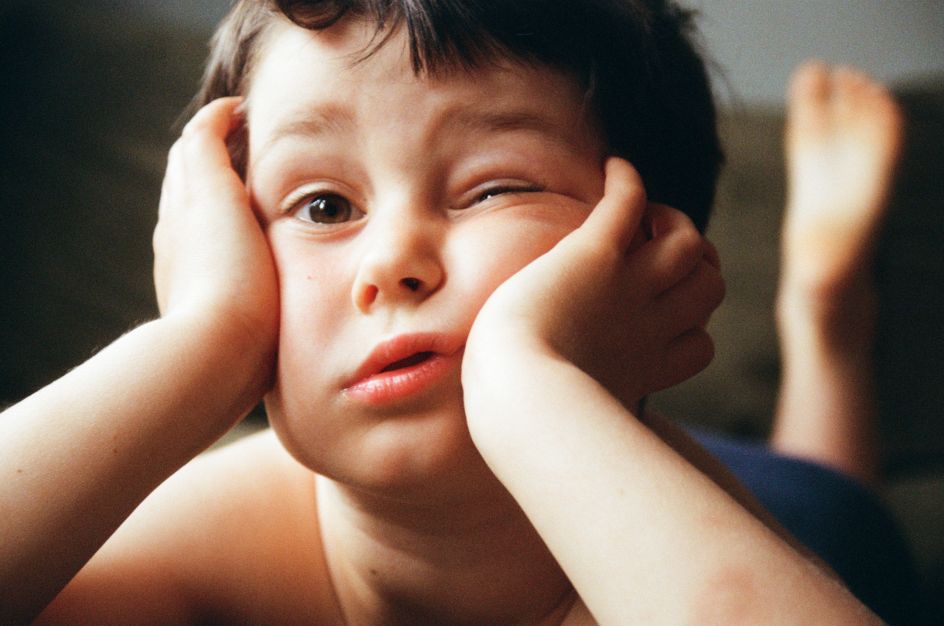
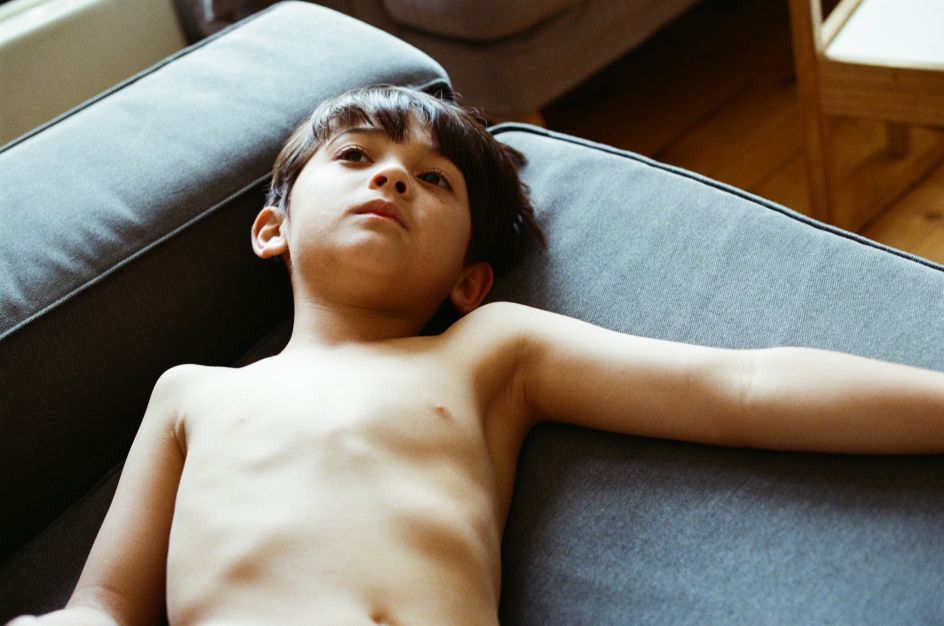
"I think I'll always try to find the beauty in something and elevate it in a way that might otherwise go unnoticed," she says. "My work is not flashy and shiny but raw and honest. I'm interested in capturing humanity, often looking at vulnerability and drawing on sensitive subjects. I tend to be drawn to the quieter moments. And I use light in particular to bring focus and intimacy."
And it's a process and approach that's remained relatively unscathed by the pandemic. "Although," she concedes, "in terms of working on commercial assignments, all our meetings are now online, and we often use remote live streaming if the client can't be on set. So, I guess we've all adapted. It probably has changed me in some way. I like to think it has slowed me down and made me appreciate life more, not taking it for granted."
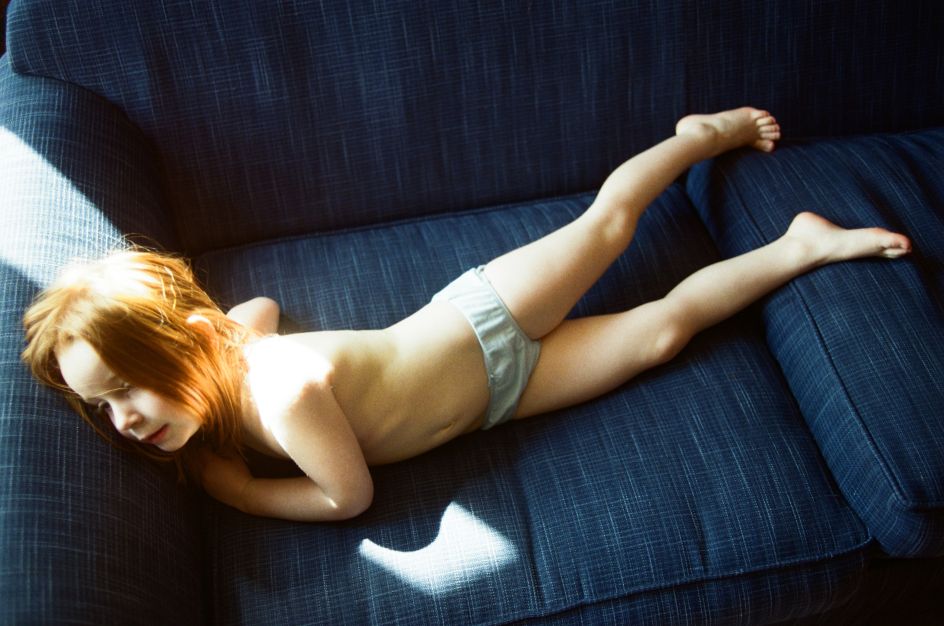
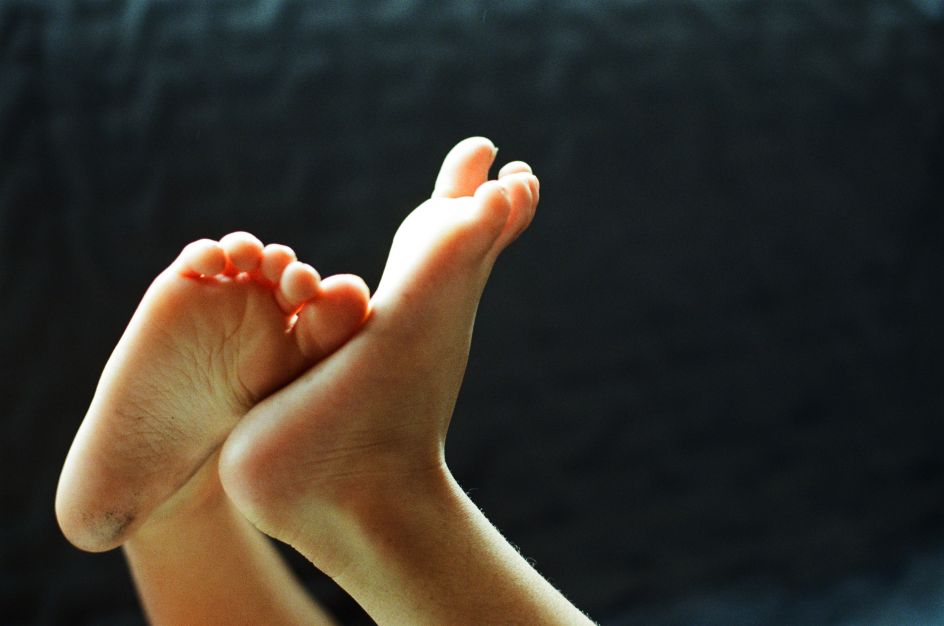









](https://www.creativeboom.com/upload/articles/86/862919952c0ad18439004228895a431dc6e45ffc_732.jpg)




